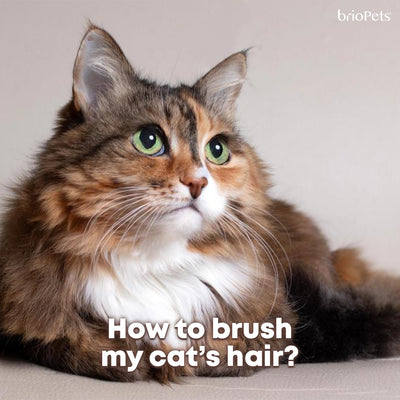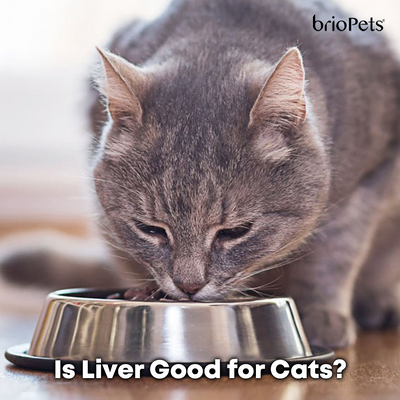
Obesity the silent killer. Some pawrents perceive it as a form of cute roundness. The truth is, there are tons of diseases and debilitating effects when it comes to obesity.

What are the risks associated with obesity?
Obesity in cats, like humans, leads to an increased risk of developing certain diseases, as well as an increased mortality rate. Studies have shown that obesity causes a 2.8- fold increase in mortality rates compared to lean cats. This is due to the inflammatory hormones released by fat tissues.
Fat molecules are carried around the body by low-density lipoprotein (LDL). However, the inflammatory hormones released by fat tissues cause these lipoproteins to be oxi- dised. When this happens, the fat molecules start to accumulate in the blood vessels, which may lead to heart diseases and stroke. The oxidative stress caused by inflamma- tory hormones can also lead to cancer due to DNA damage and mutation.

1. Diabetes Mellitus (type 1 or type 2)
Diabetes mellitus, also known as Feline Diabetes, is caused by the failure of the pan- creas to regulate blood sugar. This disease is more likely found in overweight cats which will require daily insulin doses once diagnosed.
2. Hypertension
Hypertension, also simply known as high blood pressure, is a common yet potentially severe disease with various disorders which affects the cat’s eyesight, kidney activity, or cardiac function.
3. Osteoarthritis (leads to faster degeneration of affected joints)
Osteoarthritis, also known as Arthritis, was previously recognised as a condition for dogs. As veterinary medicine evolves over the years, it has been noted that cats are just as susceptible to it. Osteoarthritis is a condition where the cartilage cushion between joints are worn down and the bones start to rub against each other. This condition pro- gressively decreases the cat movements due to the pain caused by bones jostling against each other. Overweight cats with osteoarthritis will have a heavier burden on their joints and may deteriorate much faster.
Provide joint and cartilage support with Sanabelle Grande

4. Urinary bladder stones
Bladder stones are rock-like deposits of minerals, crystals and organic materials that are found in a cat’s bladder. Bladder stones can lead to blockage of the urethra and can interfere with a cat’s ability to urinate. The two most common types of stones that form are struvite and oxalate stones.
Struvite bladder stones are composed of a mineral called struvite, which is a combina- tion of ammonium, phosphate, and magnesium. Struvite is naturally occurring in urine at low levels. However, certain species of urinary bacteria produce a urease which changes the pH of urine. This change in pH will then lead to an increased chance of struvite crystals forming struvite stones.
Oxalate stones are composed of a mineral called calcium oxalate. Calcium oxalate crystals are also naturally occurring in urine at low levels, however, some cats have high numbers of these crystals. The main causes of oxalate stones are high blood calcium levels, as well as low urine pH.
Obese cats are at higher risk of developing these bladder stones as they are not able to properly groom themselves due to the excess fats on their bodies. Without proper grooming, bacteria and dirt around the anus enter the urinary tract and cause infec- tions. If these infections are not treated, they will eventually lead to the formation of crystals and bladder stones.
Provide relief to kidney and urinary organs with Sanabelle Urinary
5. Anesthetic complications such as hypothermia
There are several anesthetic complications associated with obese cats, primarily respi- ratory and cardiovascular systems. After sedation by anesthesia, the soft tissue struc- ture in the throat will relax. This causes upper airway noise and may require intubation. However, if the cat is obese, it might make intubation difficult. As mentioned cardiovas- cular complications may also occur; the most common of which is tachycardia (in- creased heart rate → over 100 bpm) and hypotension (low blood pressure).
Hypothermia may also occur as a result of hypotension.
6. Hepatic Lipidosis
Feline hepatic lipidosis, also known as feline fatty liver syndrome, is one of the most common forms of liver diseases in cats. It is caused by the conversion of body fat into energy. When this occurs for an extended period of time, there will be a build-up of fats in liver cells, and the disease has officially onset.
The onus is on pawrents to provide a healthy lifestyle regime with mental and physical stimulations. The majority of diseases mentioned are preventable by keeping cats with- in a healthy weight range. Monitor your cats closely and if you notice an increase in chonkiness, address the issue right away with weight management to prevent the onset of diseases associated with obesity.
It may seem bleak for pawrents who are struggling with this issue. Take heart. With determination and the proper resources, we as pawrents can prevent and heal our furkids. Cheers to the health of our furkids!




